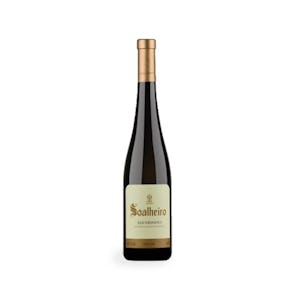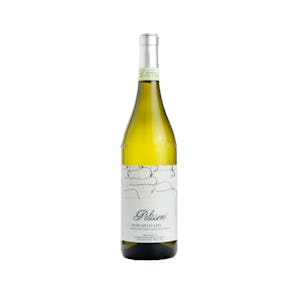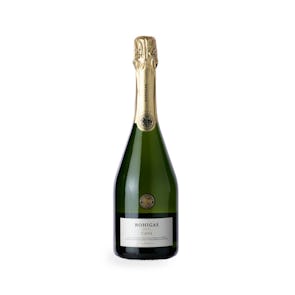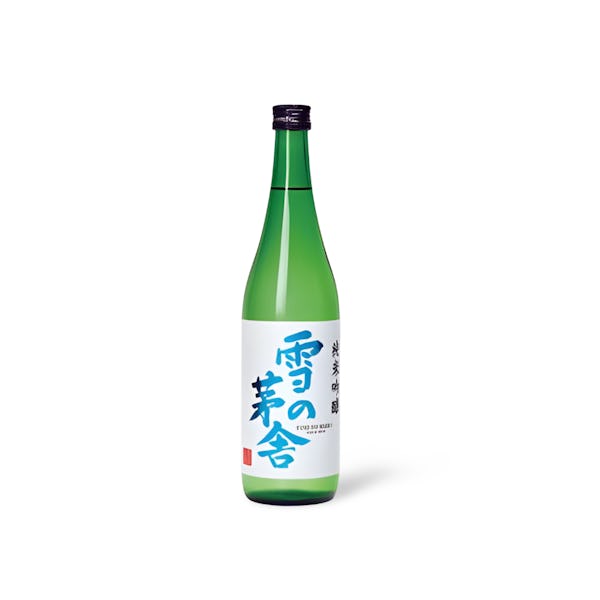
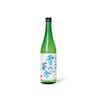

Yuki no Bosha Junmai Ginjo
Exquisite elegance for connoisseurs
Tasting Notes from the Curator
Yuki no Bosha Junmai Ginjo stands out among the pantheon of sakes, embodying both distinction and approachable elegance. Its nose is a delicate array of floral scents, alongside captivating vibrations of ripe strawberries, peaches, and crisp Asian pears. More than just fragrance, the aromatic complexity is enriched by subtle hints of fennel and dry spiciness of white pepper, presenting a prelude to its sophisticated flavor profile. Upon tasting, each sip offers an embrace of lush ripe strawberries and mangoes, seamlessly interwoven with the refreshing snap of melon and a comforting umami depth. Its texture is remarkably silky, guiding each note over the palate with a practiced, yet lively rhythm. Naturally, this sake exhibits an unforgettable crispness when served chilled, rounding off its repertoire with a refined, dry spice that invites further exploration. In the echelon of Junmai Ginjo, Yuki no Bosha asserts its identity with every elegantly reserved sip, setting it apart as an exemplary choice among connoisseurs and newcomers alike.
Pairings & Suggestions
Yuki no Bosha Junmai Ginjo is an exquisite companion to an array of culinary delights, offering its unique flavor profile to enhance both traditional and contemporary dishes. For those venturing into Japanese cuisine, consider pairing this sake with sushi or sashimi, its crisp and clean finish beautifully enhancing the delicate fish flavors. The robust nature of grilled fish, such as mackerel, complements the sake’s fruity and umami notes. Step into the spice-laden streets of Southeast Asia with Thai dishes; chicken kra-pow offers a harmonious balance with Yuki no Bosha’s refreshing qualities, while the tang of Tom Yum Soup mirrors its vibrant fruitiness. Venture further with Sichuan favorites like Kung Pao Chicken, as the peppers and peanuts provide a fascinating contrast to the sake’s smooth texture. For something closer to home, it also lovingly pairs with light European fare—think fresh salads with citrusy vinaigrette, where its crispy quality shines through. Best served chilled at 41-50°F, its versatility in pairing is matched only by its pledge to a delightful dining experience.
A Legacy Brewed in Akita Prefecture
In the bustling, modern world of sake aficionados, Saiya Shozuten holds firm to the traditions of Akita Prefecture, offering a glimpse into the past through its Yuki no Bosha Junmai Ginjo. Saiya Shozuten doesn’t merely brew sake; it cultivates a legacy intertwined with the tapestry of the Akita region. Operating since 1903, the brewery unites age-old techniques with an award-winning standard—its accolades include an impressive tenure of 10 gold medals at the Japanese National Sake Competition. Esteemed for its dedication to craftsmanship, it was the first in Japan to receive an organic certification from the Association for Sustainable Agriculture of Japan (ASAC). Whether you are a seasoned sake enthusiast or a neophyte, understanding this beverage’s roots brings forth an appreciation not just for its flavors but also for the dedication and heritage captured in each pour.
Understanding Junmai Sakes
When it comes to Junmai sake, the difference lies in the rice — how much of it is polished away, and how that choice shapes the flavor. Think of it as minimalism versus refinement — each tier offering its own kind of beauty.
-
Junmai (≤70% polish): Bold, earthy, full-bodied. You taste the rice. Great warm or room temp.
-
Junmai Ginjo (≤60% polish): Lighter, more aromatic with hints of fruit. Smooth and slightly refined. Best chilled.
-
Junmai Daiginjo (≤50% polish): Ultra-polished, delicate, complex. Soft, elegant, and best enjoyed cold — a luxury pour.
The more the rice is polished, the more delicate and nuanced the sake becomes. But that doesn’t mean “better” — it’s about preference, occasion, and the kind of experience you want in the glass.
Storage Instructions
Store unopened sake in your fridge ideally at 4°C. If you wish to drink your sake chilled, place it in the refrigerator the night before consumption. Opened bottles should always be kept refrigerated. If you later wish to drink your sake at room temperature, place the portion you want into a small pouring vessel and leave that out on the counter at least 3 hours before consumption. Generally, sake should be consumed within one year of the bottling date, but when properly stored, it can survive up to 2 years. An open bottle of sake must be consumed within 2 to 3 weeks.

